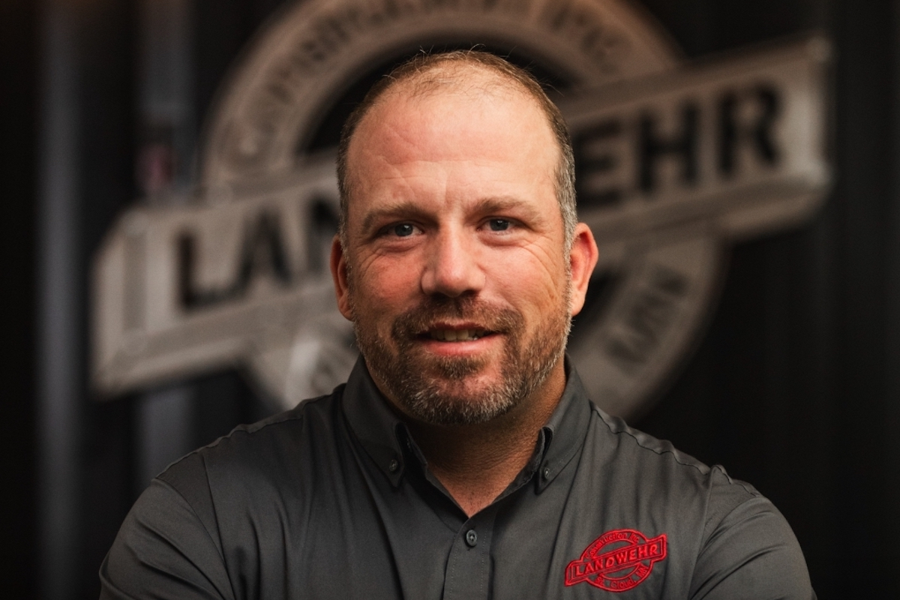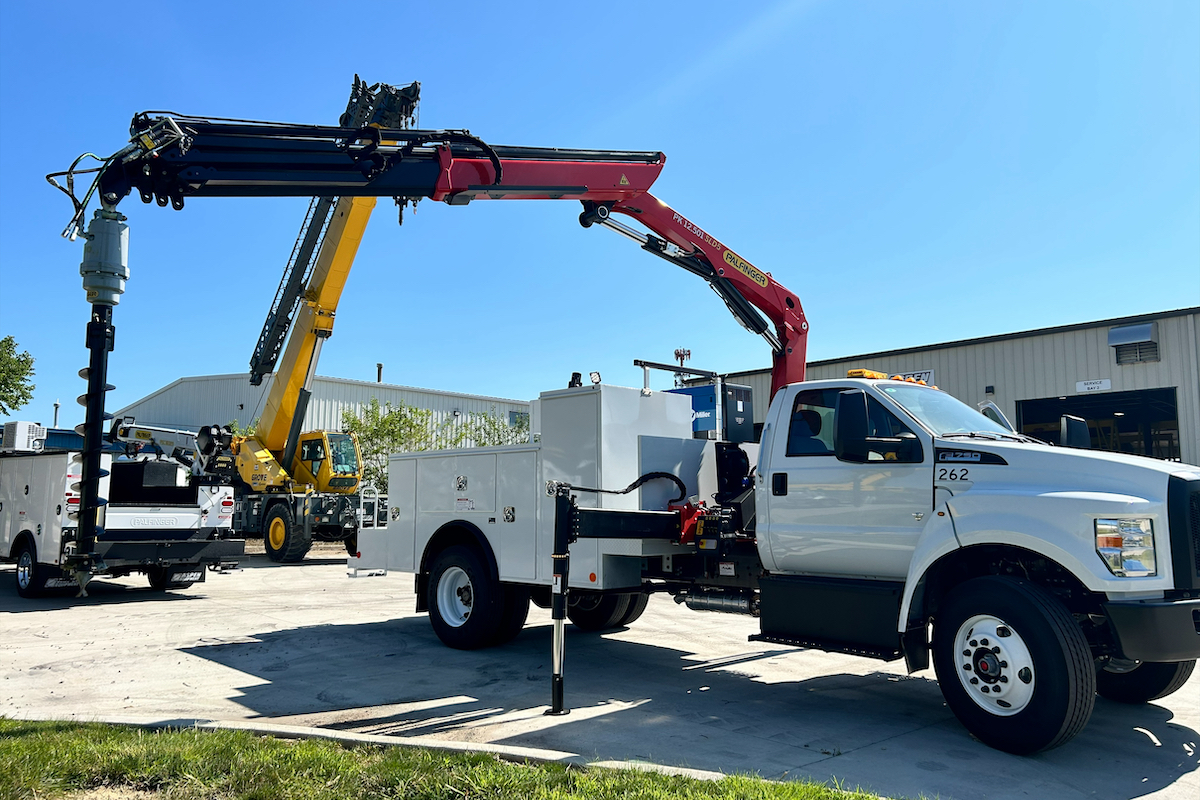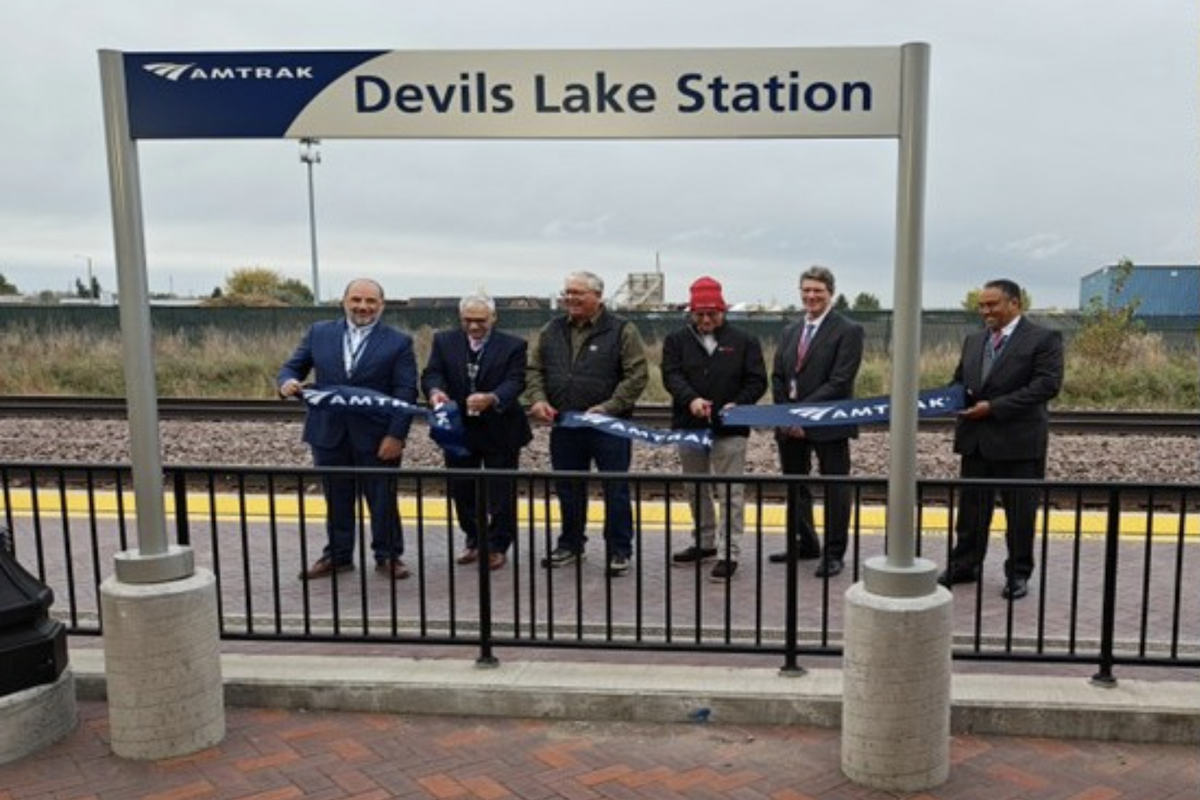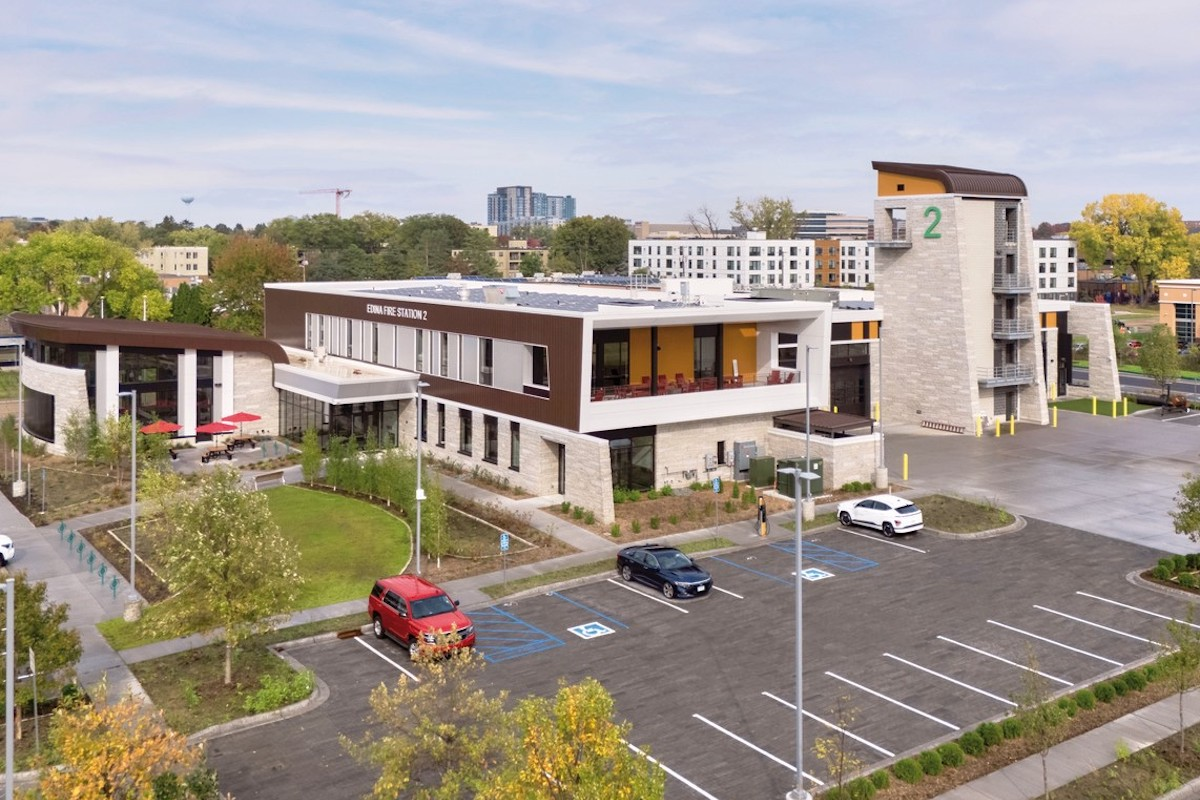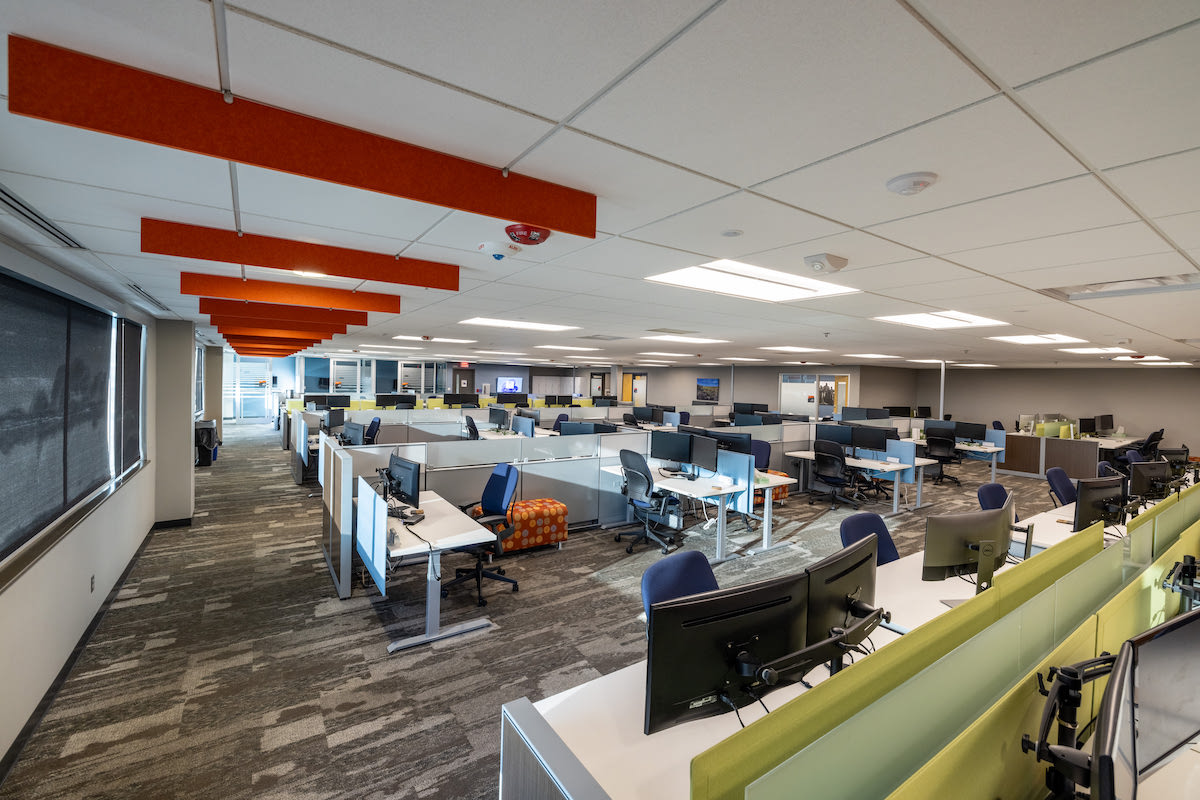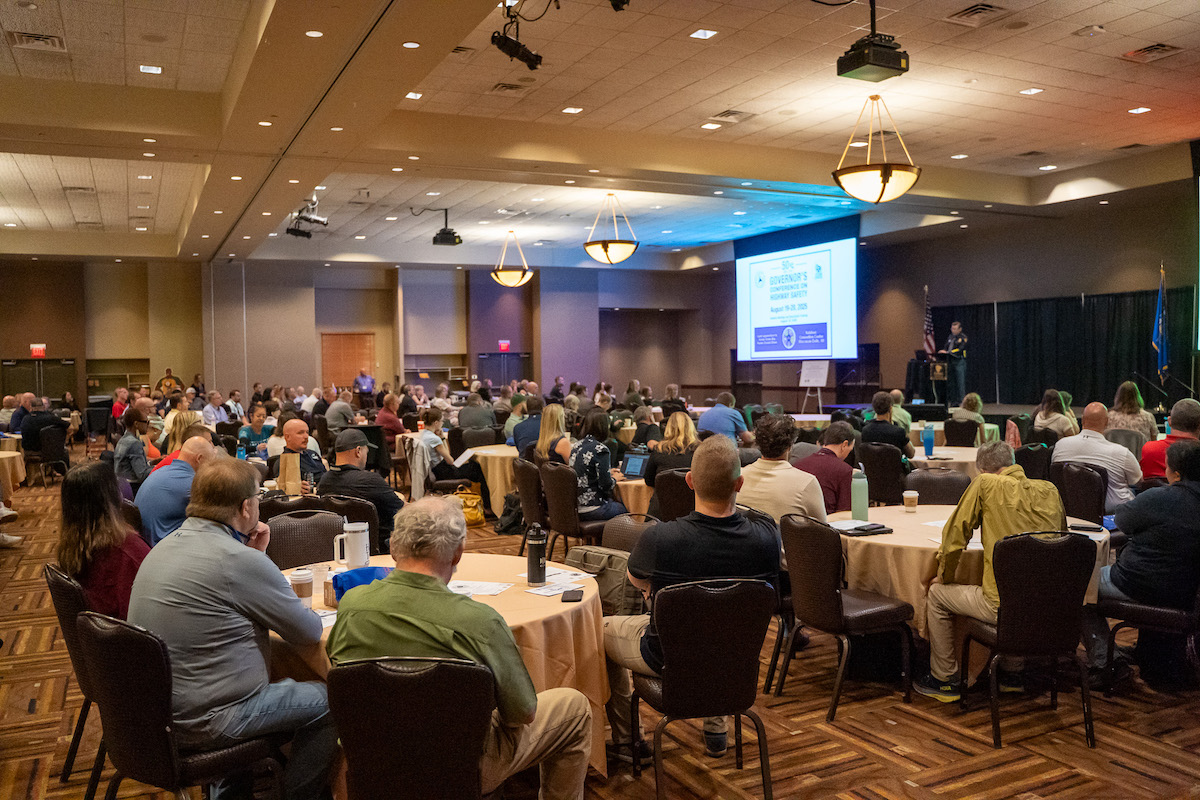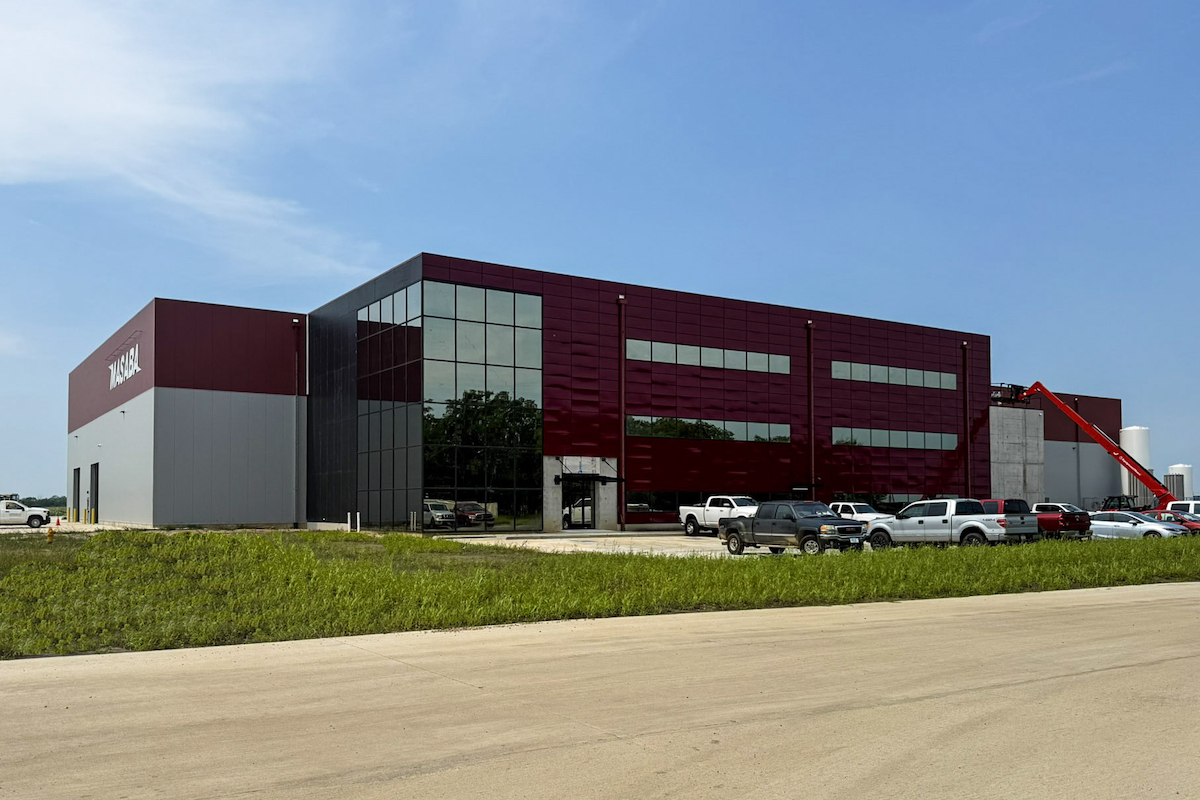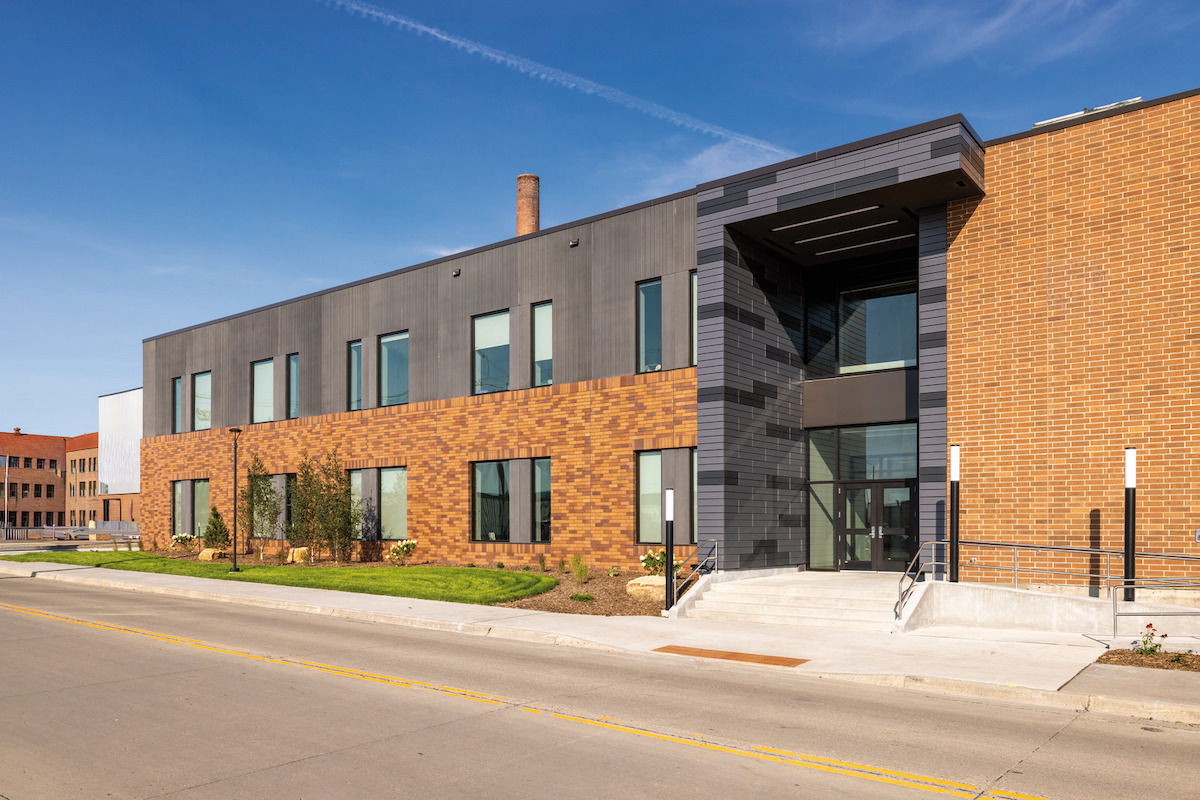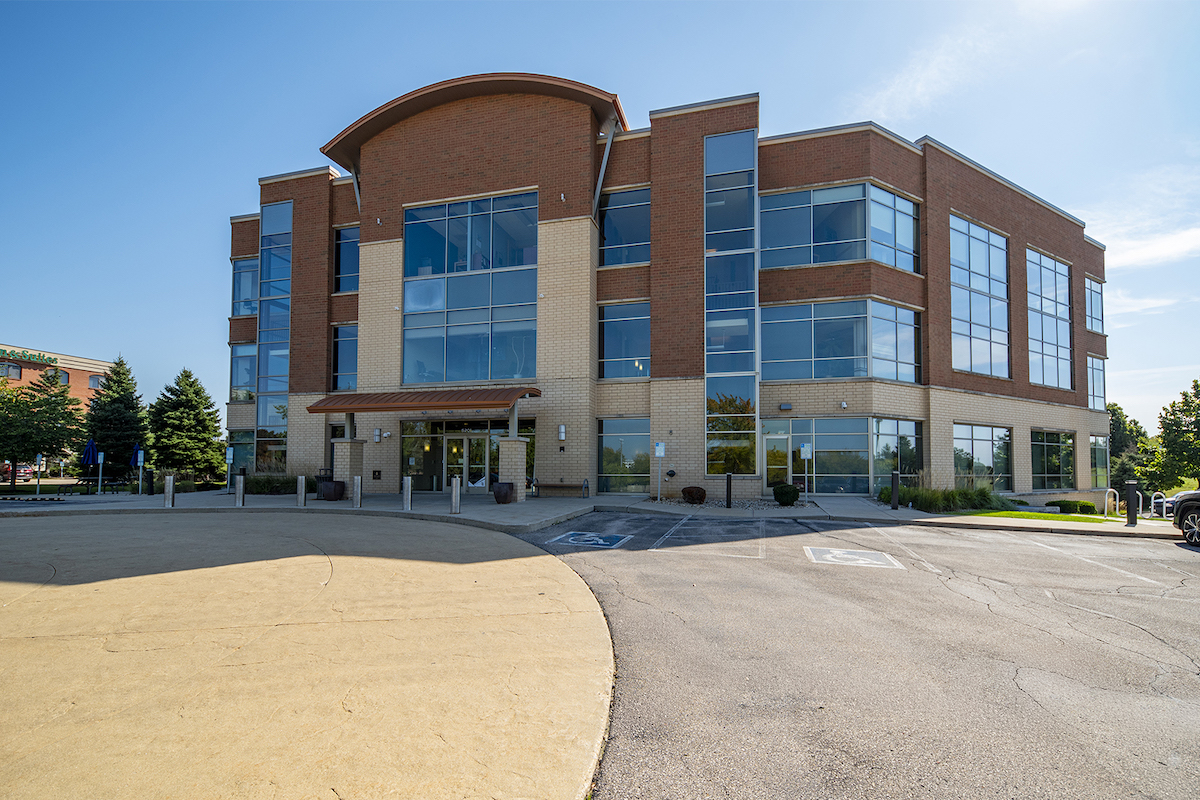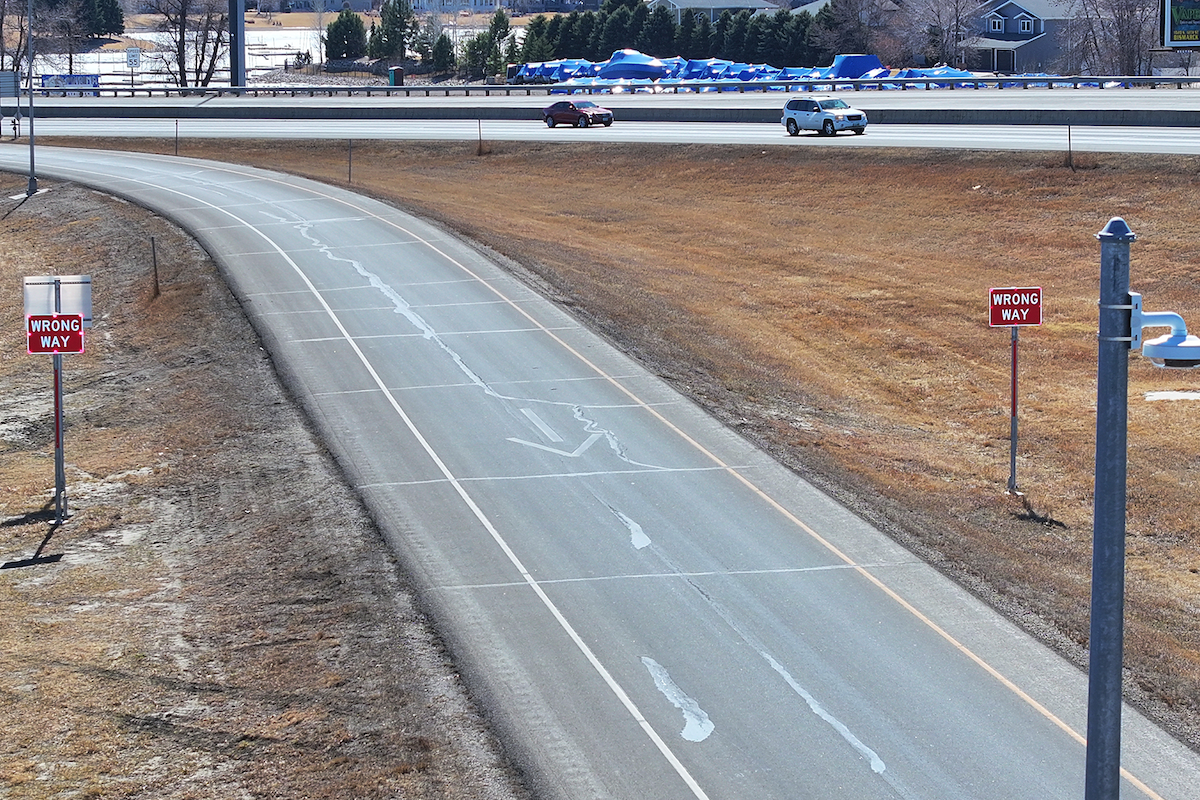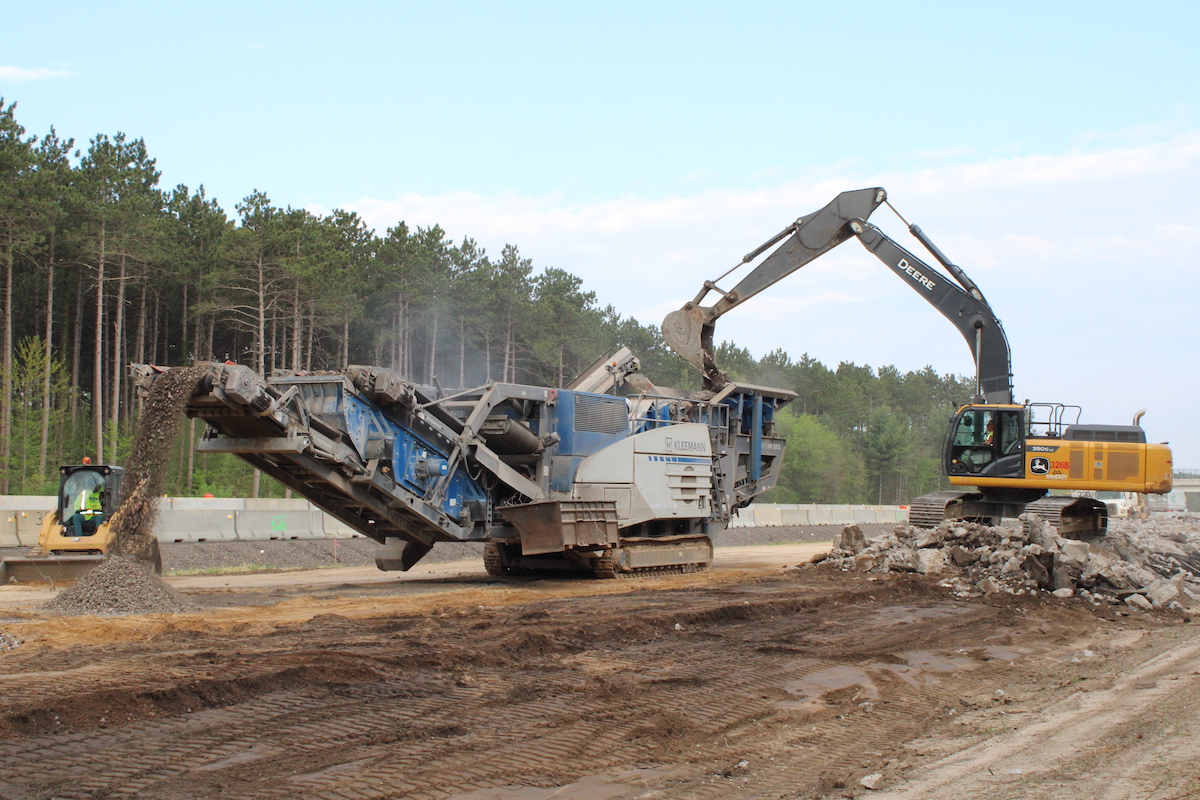The massive Middlebury bridge and rail project is being managed by the state’s Agency of Transportation (VTrans), which selected consultants VHB as the lead engineering designer, and Kubricky Construction Corporation of Wilton, New York, as construction manager/general contractor. In addition, the town is represented by a liaison, Jim Gish, who works full time with the design/construction team and maintains an information blog with weekly project updates as part of a public outreach program.
Launched in 2018, the 3-and-a-half-year project calls for constructing a 360-foot-long precast concrete railroad tunnel and three deep storm water tunnels beneath downtown Middlebury. The railroad tunnel replaces two badly deteriorated century-old vehicular bridges, while the storm water tunnels correct drainage problems – including water ponding and winter icing that have plagued the railroad for years. The two ancient bridges were torn down and replaced by temporary steel-trussed panel Mabey bridges to prevent traffic issues during tunnel construction.
Construction of the railroad tunnel was accompanied by the lowering of some 3,000 linear feet of rail bed, increasing clearance beneath the bridges sufficiently to allow passage of double-stack freight trains. This allows twice as much freight to be carried on the same set of wheels – without having to change the grade of the town’s streets and sidewalks. What’s more, the project straightens rail alignment, reducing an existing sharp curve and providing better horizontal clearance for trains.
While the most visibly dramatic aspect of tunnel construction took place in summer 2020 when giant precast sections were being lowered in place, none of that would have been possible without the preceding two years of critical preparations by the construction team. Among these operations were the underground relocation of existing and new utilities, construction of temporary access roads, and boring three vital storm water drainage tunnels.

| Your local Komatsu America Corp dealer |
|---|
| Road Machinery and Supplies Company |
Engineers Construction (ECI) of Williston, Vermont, under subcontract to Kubricky Construction, employed horizontal directional drilling (HDD) to build the tunnels. They started within a 40-foot-diameter launch pit that had been drilled and blasted out of rock by Maine Drilling & Blasting. Extending about 38 feet below the surface, the launch pit is the center point of the new drainage infrastructure designed to eliminate standing water in the rail corridor. ECI excavated the blasted rock, then Maine D&B helped ensure the safety of HDD operators in the pit by installing rock anchors to secure any loose seams on the rock face. The blaster also installed “rockfall drape anchors” that supported steel wire-mesh netting to protect pit workers from any falling rock.
Three 5-foot-diameter storm water tunnels were built emanating from the central launch pit. According to ECI, the rock consisted of limestone attributed with a maximum unconfined compressive strength of around 19,000 psi (This is a relatively hard rock matching some types of granite). ECI set up an American Augers 60-1200 jacking and spoil removal system, and operated a Robbins motorized small boring system. This tunnel boring machine (TBM) performed three tunnel “drives” of 135 feet, 152 feet, and 137 feet, respectively. ECI used PermaLok steel casing for an outer liner.
The crew finished this early tunnel work by grout filling outside the casing and installing the water carrier pipe inside the casings. They also set in place new precast storm drain manholes, and backfilled the launch pit and receiving pit shafts. This completed the drainage work, clearing the way for railroad tunnel construction.
Additional safety measures regarding earth support were taken, most notably, the installation of more than 300 concrete-filled steel minipiles by Maine D&B to shore up town structures. The Maine crew also blasted numerous deposits of ledge along the tunnel right-of-way to allow excavators to reach the tunnel’s target depth of 38 feet. Kubricky installed 1-3/4-inch diameter threaded steel rods to tie parallel lines of minipiles together, further stabilizing the area prior to cranes setting tunnel sections in place.
Fort Miller used Hulett Trucking of West Pawlet, Vermont to haul precast sections from its Schuylerville, New York, plant to the project’s marshalling yard at Fifield Farm in Middlebury. As planned, they began trucking the immense precast sections downtown site of the rail tunnel in July 2020. Kubricky was under contract to complete the installation of the rail tunnel during a 10-week closure of downtown streets beginning July 13 and concluding September 18.

| Your local Link Belt dealer |
|---|
| Hayden-Murphy Equipment Co |
Bay Crane provided three Link-Belt lattice-boom crawler cranes to pick precast sections from flatbed delivery trucks and set them in place. A 300-ton Link-Belt crane worked the downtown tunnel section while two 200-ton Link-Belts set the north and south approach u-walls among other duties. For some of the u-walls and smaller precast pieces, the contractor used their own boom truck crane.
Middlebury Selectboard Chair Brian Carpenter recognized the occasion with brief remarks before being joined by Secretary of Transportation Joe Flynn for a ribbon cutting to reopen the downtown roadways.
Kubricky and its subcontractors went on to construct new sidewalks and street approaches, and install new bridge railing during the third year of the project. Middlebury’s ambitious tunnel, bridge and rail project was scheduled to begin its final 2021 construction season on April 1, and conclude by July 15. In this last construction season, the contractor will complete track work and all necessary street construction including paving, line striping, crosswalk work, and signage. They will also finish landscaping a redesigned recreation area that reunites the town’s long separated Triangle Park and Village Green.
Photos courtesy of Jim Gish, Middlebury Town Liaison


















